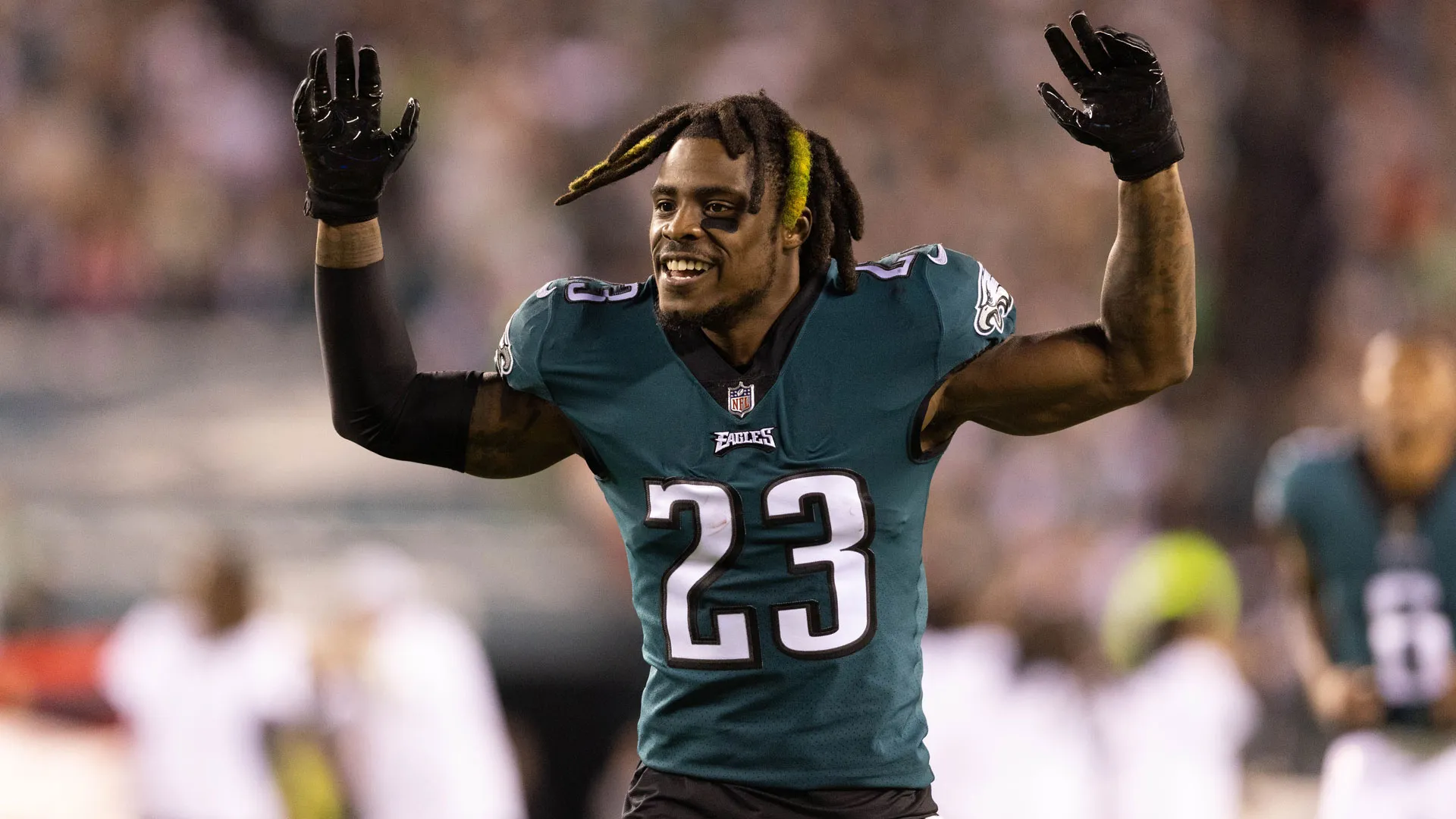Two years into his career, Jalen Hurts was the owner of a beefy 5.6 rushing average, which put him in the NFL’s all-time top-20.
Last year, he dropped to 4.6 yards per carry – still very good but a significant drop. And this year, he’s down to 3.6, which actually puts him 34th out of 41 players with at least 100 carries.
Hurts is still incredibly effective in short yardage and goal-line situations. He’s still among the NFL leaders in rushing touchdowns. He’s still second in the NFL with 50 rushing first downs, 13 fewer than Christian McCaffrey.
Stay in the game with the latest updates on your beloved Philadelphia sports teams! Sign up here for our All Access Daily newsletter.
But the big runs? The long runs? The explosive runs?
They’ve been virtually absent and nobody is quite sure why.
Are teams defending Hurts differently? There is more of a book on how he likes to run. Have injuries affected his speed? He did have ankle surgery after the 2021 season, and he’s been dealing with a knee injury the last several weeks. Is he just more focused on throwing when he starts scrambling behind the line of scrimmage? He’s certainly become a more efficient passer – his 103.8 passer rating on third down this year is highest of his career. Is he just becoming a more careful runner? You rarely see him putting himself at risk by fighting for extra yards anymore.
Maybe it’s a little bit of everything.
Philadelphia Eagles
But it’s sure strange seeing Hurts’ name among the lowest rushing averages in the NFL this year.
Nick Sirianni thinks the dropoff has more to do with the way defenses are dealing with Hurts than anything else.
“Just different styles of the way teams are playing,” he said. “Sometimes the teams aren't going to let him carry it if it's some sort of read. Now, it doesn't always have to be a read. Sometimes it can be a designed run.
“There was a stretch of time, if you look at the body of work, there was a stretch of time where we weren't running him much at all. So that factors into a number when it's 12 weeks into the season. Against Buffalo, he had a game where he really ran the ball well. Just the ebbs and flows of the season and the way some teams are playing you.”
But Hurts’ carries per game aren’t really down. Removing kneel downs, he averaged 8.5 carries in 2021, 9.7 last year and 9.3 so far this year.
What’s down dramatically are yards per carry and, more importantly, explosive runs.
As a rookie in limited action, Hurts averaged a 10-yard run every 4.6 rushing attempts (not including kneel downs) and a 20-yarder every 20. In 2021, those figures were a 10-yarder every 4.4 runs and a 20-yarder every 18, and last year it was 5.6 and 20.7.
This year? A 10-yarder every 10.1 carries and a 20-yarder every 111.
Over the 2021 and 2022 seasons, Hurts had the 6th-most 10-yard runs in the league (55) and 20-yard runs (14).
This year, he ranks 34th with just 11 yards of at least 10 yards and 53rd with one 20-yard carry.
In six of 12 games this year, Hurts’ rushing average has been under 3.0 yards per carry. That’s more than he had in 2021 and 2022 combined (five) and sixth-most in the league this year.
Hurts was a devastating weapon as a runner his first three seasons, but he’s still effective, even if the explosive plays aren’t currently there. The touchdown and first down numbers are still among the best in the league, and if a lower rushing average is the price for keeping Hurts healthy – or relatively healthy - then it’s worth it.
Hurts at times has shown he can still crank up a big-time run. He had a 24-yard run in the first Washington game, a 17-yard run against the Rams, a 16-yarder against the Bills, that 12-yard overtime touchdown to win the Buffalo game and a 10-yard TD in Kansas City.
Hurts doesn’t seem too concerned about any of this.
The Eagles are 10-2, he’s among the top few MVP candidates and despite a 42-19 loss to the 49ers Sunday, they still take the best record in the NFL into Dallas this weekend.
“There are things that defenses come out there and do and I think it always comes down to how we execute and how we do our jobs,” Hurts said.
“We play really good teams, we play some really good players, but it still comes down to controlling the things you can. I think in the end, you have to play complementary football and be able to stress the defense out doing that. That comes back to how we execute.”


